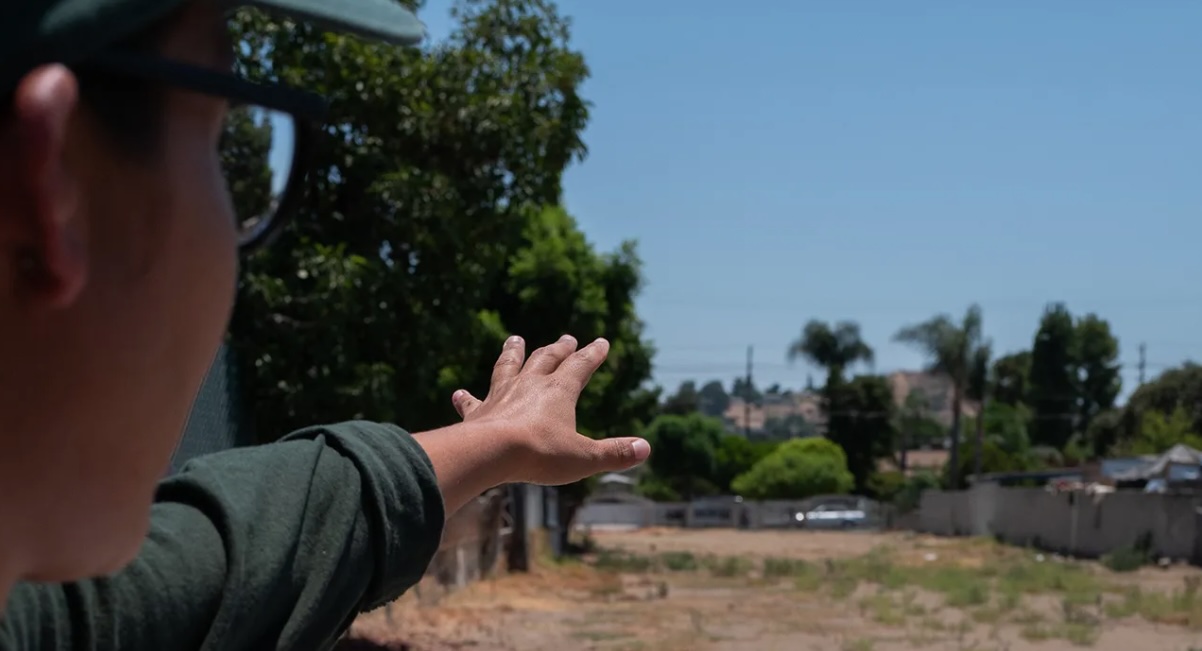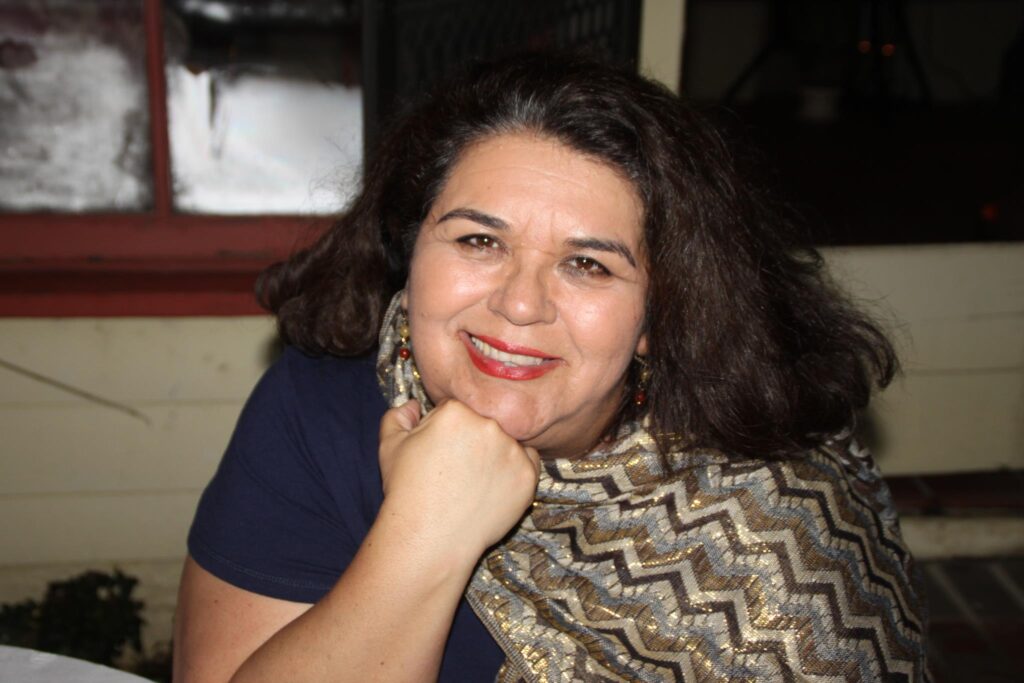Diana Martinez and Alejandro JSM Chavez | The San Fernando Valley Sun
As temperatures climbed into triple digits in the San Fernando Valley and cooling centers opened for residents in need of air conditioning, members of the Fernandeño Tataviam Band of Mission Indians are beginning work to plant native trees that thrive in local ecosystems, and they are uniquely establishing a tribal nursery to grow the indigenous trees from seedlings.
It’s their plan that over the years, the nursery can be a source to bring back the native trees that will successfully grow and provide a natural urban tree canopy, protecting the community from the months of oppressive sweltering heat and improve air quality.
With a $5-million-dollar grant awarded from the U.S Department of Agriculture Urban and Community Forestry Program, and a partnership with California State University, Northridge — tribal president Rudy Ortega Jr. with the Tribal Band Conservation Corp and Tataviam Land Conservancy is committed to plant 750 trees in the Northeast San Fernando Valley’s most disadvantaged communities. His vision as a “caretaker of the land,” is to continue the work to tackle climate change beyond the 5-year grant.
As the descendants of the first people of the San Fernando, Simi, Santa Clarita and Antelope valleys, members of the tribe know these communities and their struggles well. It’s their ancestral land — where generations of their tribe lived for thousands of years.
Many of the tightly-knit members of the tribe continue to live in the predominately Latino northeast San Fernando valley where the Fernandeño Tataviam offices are based, and the project will be centered.
The tribe understands the hardship of the community and the impact of years of environmental, racial and cultural injustice.
Their offices are only a few miles from the San Fernando Mission on what the tribe considers their stolen land and where their ancestors were enslaved into forced labor and buried in unmarked graves.
Through this project with CSUN, the Fernandeño Tataviam seek to create a strong partnership and write new chapters of history that build on their work to share their ancestral and present-day knowledge about the land and community.
According to CSUN communications professor Daisy Lemus, as described in a university news release, the project is designed to be collaborative, to utilize the skills and knowledge of tribal members along with the research and information that can be offered by a wide net of faculty, students and staff working in various disciplines across the university.
“We all coexist in a large urban region that is their ancestral home and encompasses CSUN’s campus, a region that is also particularly susceptible to urban heat island effects, while also presenting sizable urban reforestation opportunities,” said Lemus.
Together, they also plan on calling on members of local governmental agencies and other nonprofit organizations including Tree People, that also received the same grant to ensure that their efforts will augment the others.
The location for the tribal nursery will be in a Pacoima neighborhood, close to area schools where community outreach and education can be fostered.
Pacoima is sandwiched by three major freeways and has a history of toxic industry. Stagnant valley air trapped by the San Gabriel mountainsides force the working-class community of Pacoima, many of whom are Spanish-speaking immigrant families, to struggle with a disproportionate amount of pollution. Families surveyed across multiple years by the environmental organization Pacoima Beautiful reported that children raised in Pacoima suffered more incidents of asthma, cough, or a tightened chest compared to those living in more affluent communities.
Ortega said it makes sense to build a nursery in Pacoima, an area of environmental neglect, and it’s especially important to grow native trees within the community especially because they aren’t easily attained.
“There aren’t a lot of nurseries that have them, so if we start planting native oak trees and willows and grow them ourselves, we’re able to maintain them to clean the air in our neighborhoods,” said Ortega Jr.
“We also want to teach about the planting of native plant species that are more sustainable and use less water. We need to talk about the maintenance of the trees — how you maintain them is important. We need to educate so residents know that certain trimming harms them and makes their lifespan shorter.”
The work will include recruitment of volunteers, and these partnerships hope to work towards building and sharing the knowledge that can translate into better health and bring environmental equity to northeast valley communities.
“Our programs and activities are to be inclusive in the community that we live in,” said Ortega Jr.
“We want to be sure that educational knowledge is being delivered, we’re not just planting trees and then going away, but continuing education to the residents who receive these trees,” he said, “That is essential. We want to bring cultural knowledge to share the way our ancestors once lived with the land and the native trees before.”
This story was produced by Ethnic Media Services in collaboration with the Laboratory for Environmental Narrative Strategies (LENS) at UCLA as part of the Greening American Cities initiative supported by the Bezos Earth Fund.
Diana Martinez and Alejandro Chavez co-wrote this fellowship story for the San Fernando Valley Sun, a bilingual Spanish-English newspaper reflecting the historical and cultural development of the San Fernando Valley since 1904.
“Fernandeño Tataviam Tribe to Grow a Nursery of Native Trees to Alleviate Impact of Climate Change” features an interview with Fernandeño Tataviam Tribe of Mission Indians president Rudy Ortega Jr. about a new project to plant 750 trees in the Northeast San Fernando Valley’s most disadvantaged communities, through a $5-million-dollar grant awarded from the U.S Department of Agriculture Urban and Community Forestry Program, and a partnership with California State University, Northridge.






